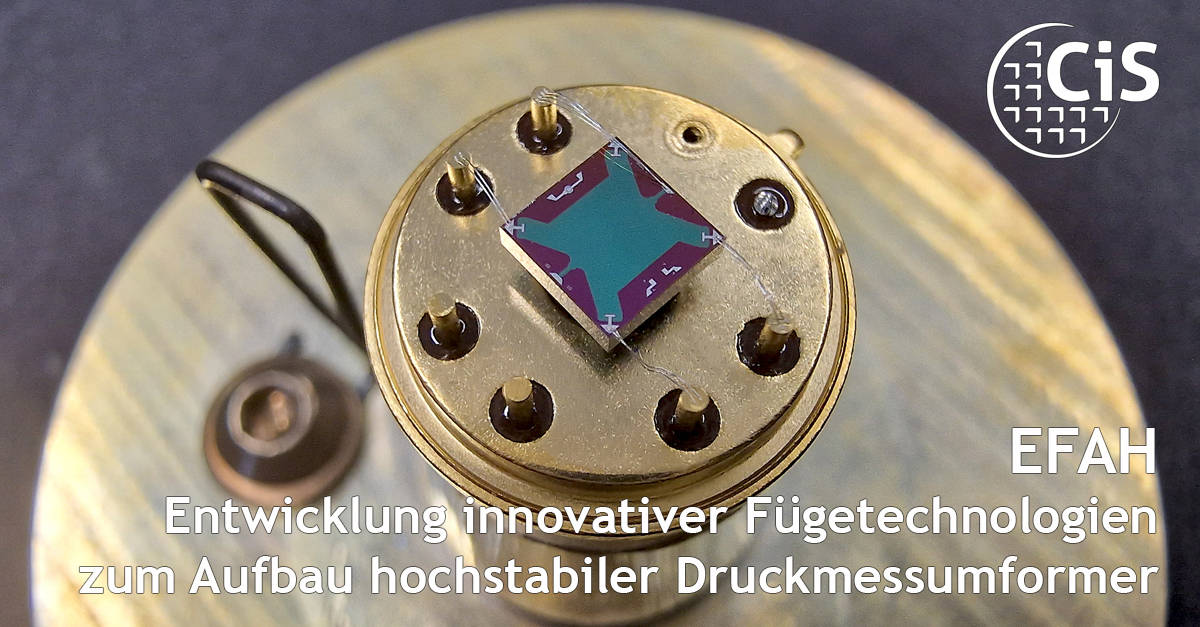The standardized joining processes of the semiconductor industry are mainly based on silicones and epoxy adhesives and have numerous limitations such as material stresses and the lack of pressure, temperature, media and moisture stability. However, these properties are essential for the production of highly accurate and long-term stable piezoresistive pressure sensors.
In order to improve the performance of piezoresistive pressure sensors, various joining technologies were developed in the completed EFAH research project, which focused in particular on the critical connections between the transducer core and the electrical-mechanical process connection. The aim was to ensure signal stability against mechanical and thermal influences as well as moisture not only at transducer core level but also in the overall system (pressure transmitter).
Three different joining technologies – eutectic bonding, glass frit bonding and solder joining using reactive and diffusion materials – were investigated on the basis of extensive FEM simulations regarding material combination and component geometry. Glass solders showed clear advantages here. At the same time, the process connection was optimized, for example to minimize assembly stresses, decouple the measuring element from lateral influences and demonstrate efficient assembly.
 The research and development work described was funded by the Federal Ministry of Economic Affairs and Climate Action (BMWK) in the research project “Development of innovative joining technologies for the construction of highly stable pressure transmitters” (EFAH).
The research and development work described was funded by the Federal Ministry of Economic Affairs and Climate Action (BMWK) in the research project “Development of innovative joining technologies for the construction of highly stable pressure transmitters” (EFAH).
Funding code: 49MF200074




